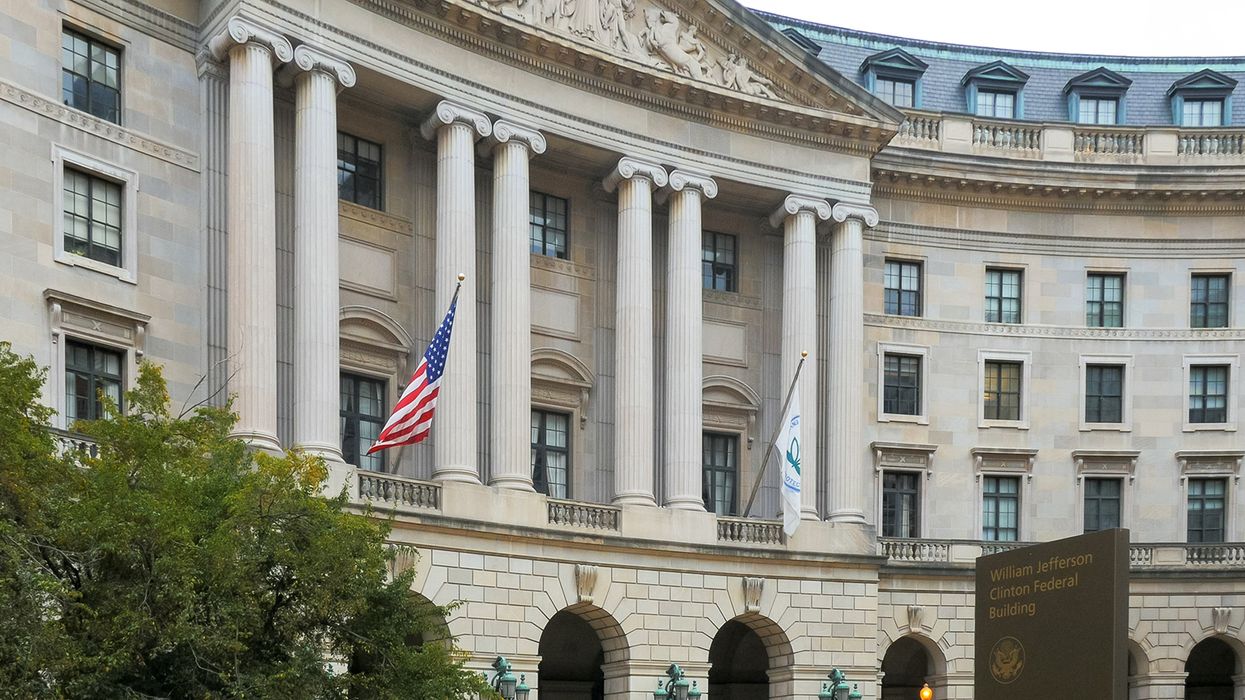OSHA enforcement walks back its ungrouping memo
Recently, OSHA quietly archived a memo from 2024 that had suggested its enforcement offices may refrain from grouping violations where those offenses are separate and distinct. In some cases, ungrouping raises the total penalty for an inspection. Without the memo in place, area offices may have less clarification on when it’s appropriate or wise to ungroup.
OSHA’s latest action
Without announcement in the first week of August, the memo, “Violation Grouping and Discretionary Ungrouping,” dated April 3, 2024, slipped off the active OSHA memos webpage. It landed squarely on the OSHA archives page. Now an OSHA spokesperson reveals to J. J. Keller® Compliance Network, “The referenced OSHA memo … was determined to be unnecessary since agency policy in the OSHA Field Operations Manual provides clear guidance to OSHA field staff on when citation item grouping may be considered.” What’s more, that manual “provides discretion to Area Directors to consider the grouping status of citation items for the purpose of achieving an appropriate deterrent effect,” the spokesperson adds.
Background on the memo
The memo first surfaced in January 2023, entitled, “Exercising Discretion When Not to Group Violations.” In it, OSHA explained that enforcement activity may lose its deterrent effect when citations are grouped. Ungrouping, the agency claimed, also offered something else — it would “more accurately capture an employer’s overall lack of compliance.”
In the memo, OSHA went on to discuss the general decision-making authority of Regional and Area Directors to “refrain from grouping violations” where they are separate and distinct. The agency argued that this option “helps deter employers from flagrantly disregarding their responsibilities to protect workers and comply with OSHA standards and regulations.”
Then OSHA revised the memo in April 2024, keeping much of the same rhetoric with a new subject line, “Violation Grouping and Discretionary Ungrouping.” This time, OSHA went into greater detail. It stressed that OSHA offices could ungroup for separate and distinct violations, even if other OSHA policies or directives recommend grouping the violations. The document advocated that discretionary ungrouping should be considered where one or more factors are met:
- The employer is currently on the Severe Violator Enforcement Program (SVEP) list OR has a history of willful, repeat, or failure-to-abate violations;
- The latest violative conditions are related to an incident that resulted in a fatality, catastrophe, or reportable injury/illness;
- The inspection resulted in one or more willful, repeat, or failure-to-abate violations, or a significant number of serious violations;
- The inspection was initiated due to a release of a highly hazardous chemical;
- The inspection identified worker exposures to hazardous chemicals over the applicable OSHA permissible exposure limit; or
- The inspection uncovered violations related to National Emphasis Program hazards.
In addition, Area Directors were informed that they may use discretionary ungrouping in the absence of any of the above factors.
Only Field Operations Manual (FOM) remains
The ungrouping specifics from the April 2024 memo are not found in the OSHA FOM. Instead, chapter 4, Violations, of the manual offers a short section X that outlines OSHA policies for:
- The mandate to combine violations of a single regulation (e.g., 1910.212(a)(3)(ii)) having the same classification (see section X.A.),
- The ability to group violations into a single one under certain conditions (see section X.B.), and
- Situations when violations cannot be grouped, including for multiple inspections, separate establishments of the same employer, General Duty Clause violations, and egregious violations (see section X.C.).
Section X.B. reads, “When a source of an identified hazard involves interrelated violations of different standards, the violations can be grouped into a single violation …” The statement from the OSHA spokesperson is similarly worded when it says, “grouping may be considered,” and “consider the grouping status of citation items.” Does this mean that violations by default are ungrouped? Does it also mean that Regional or Area Directors are permitted to then keep them ungrouped or otherwise separate grouped violations?
The answers are unclear because the FOM does not explicitly give directors the latitude to ungroup, aside from the violation types that cannot be grouped per section X.C. Likewise, chapter 4 does not cover when it’s advisable to keep violations ungrouped or to convert grouped violations to ungrouped ones. Moreover, it makes no mention of deploying ungrouping for an appropriate deterrent effect.
Key to remember
OSHA inactivated its “Violation Grouping and Discretionary Ungrouping” memo in August. The agency’s FOM continues to provide OSHA field staff with instruction on when a citation item may be combined or grouped or when it must not be grouped. However, unlike the memo, the FOM does not explore when agency directors should give thought to ungrouping violations, beyond those in section X.C.
































































